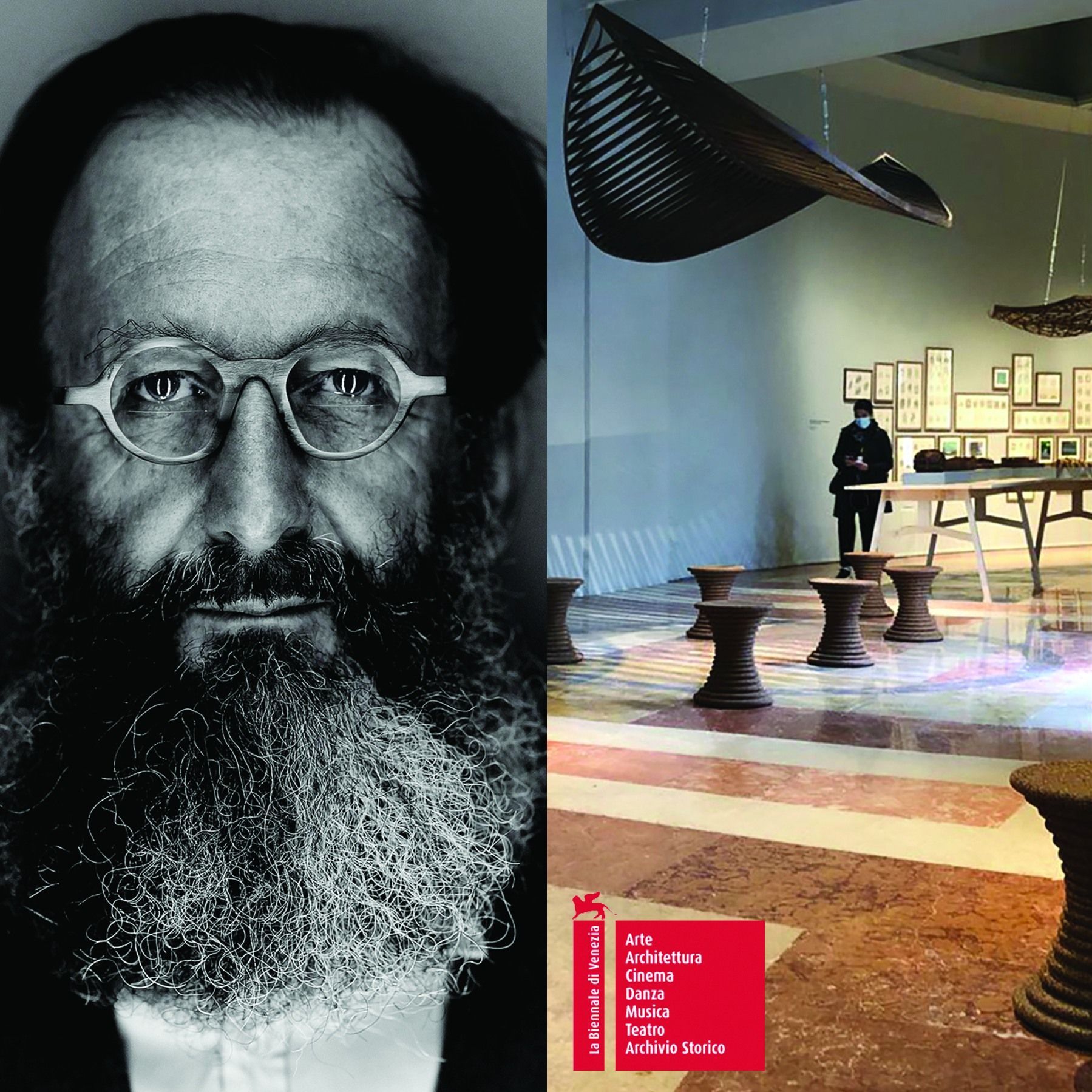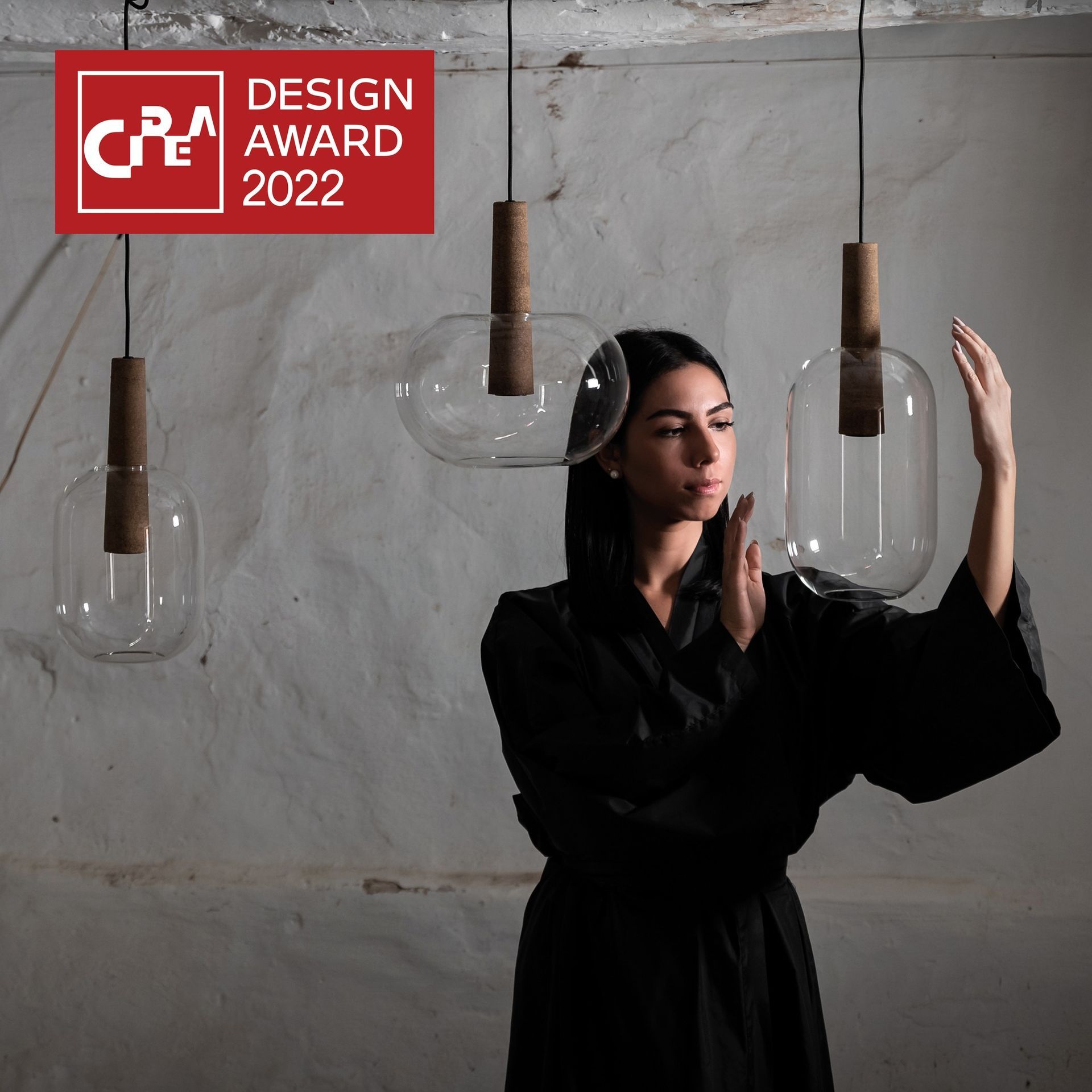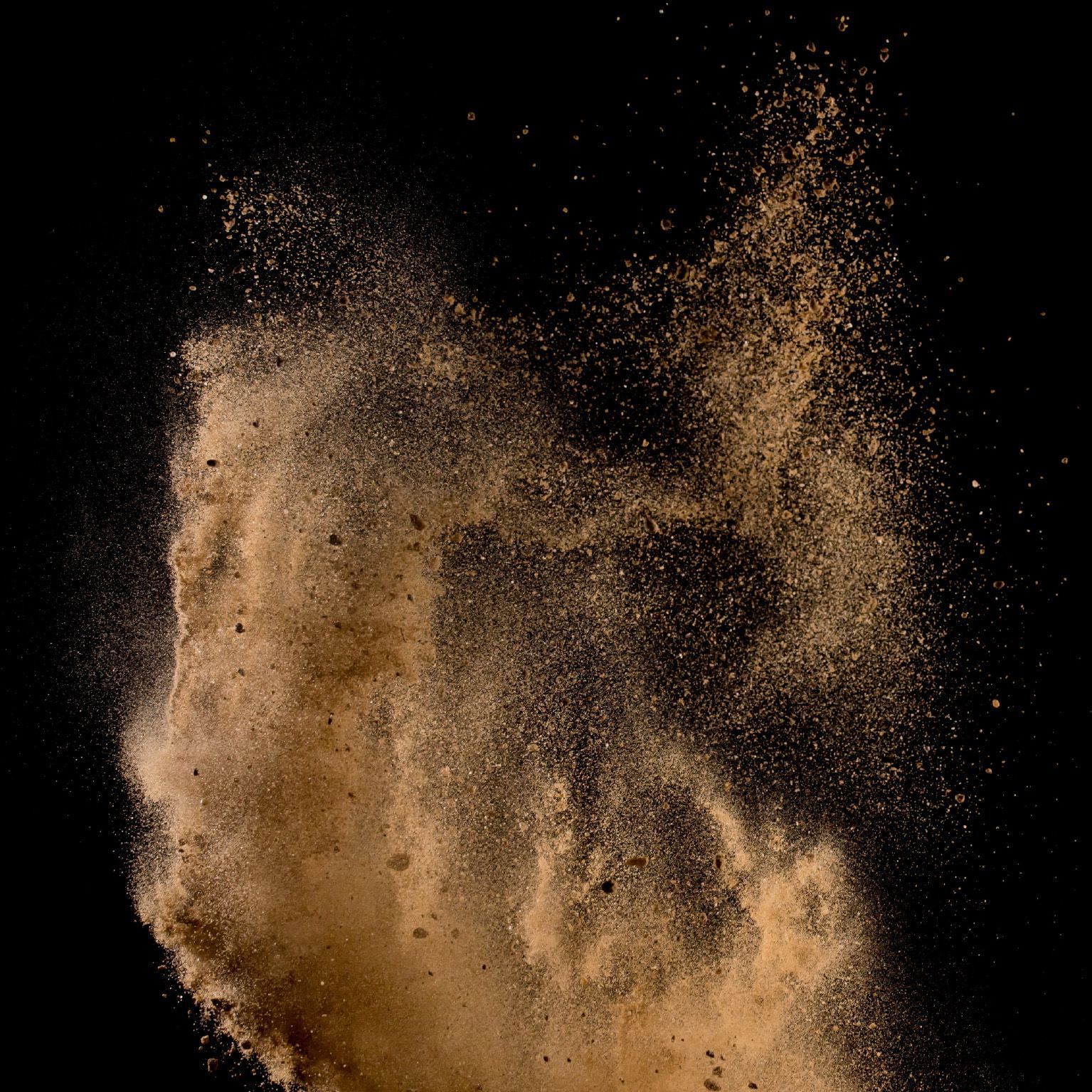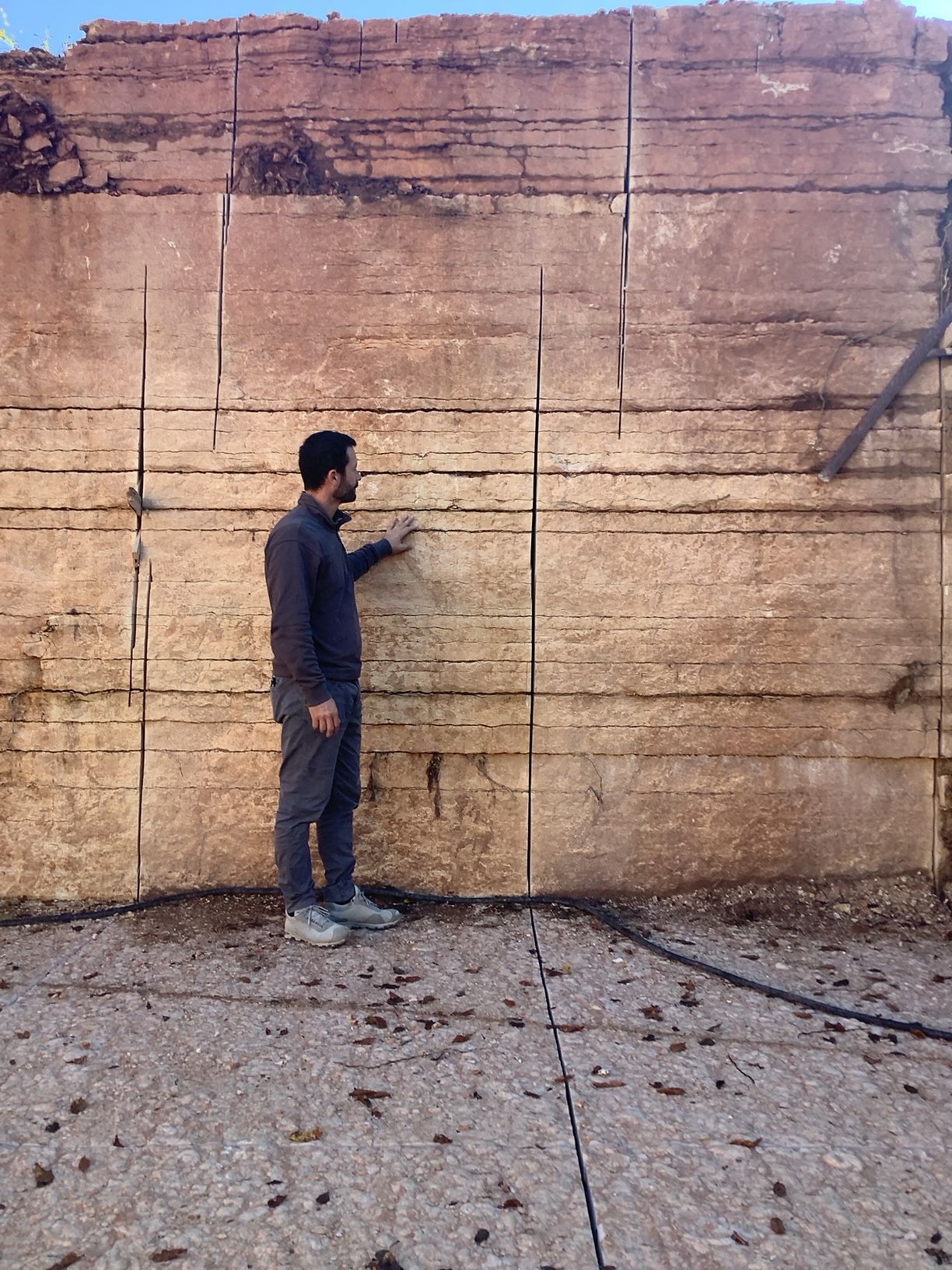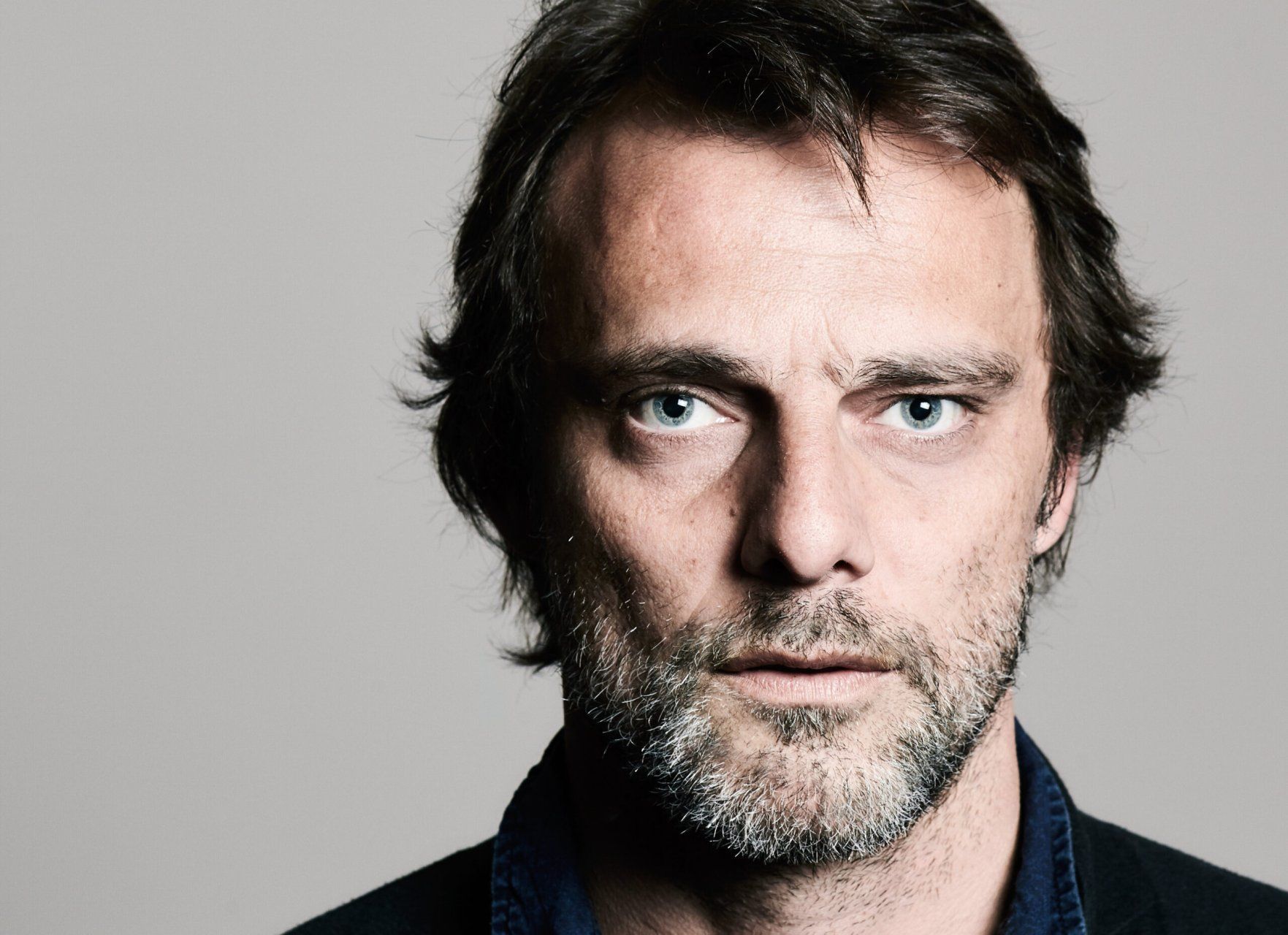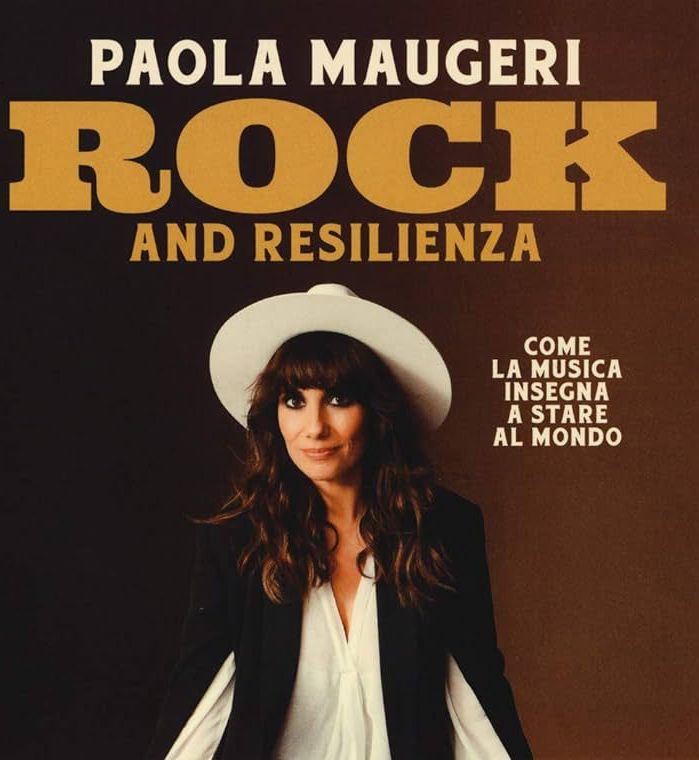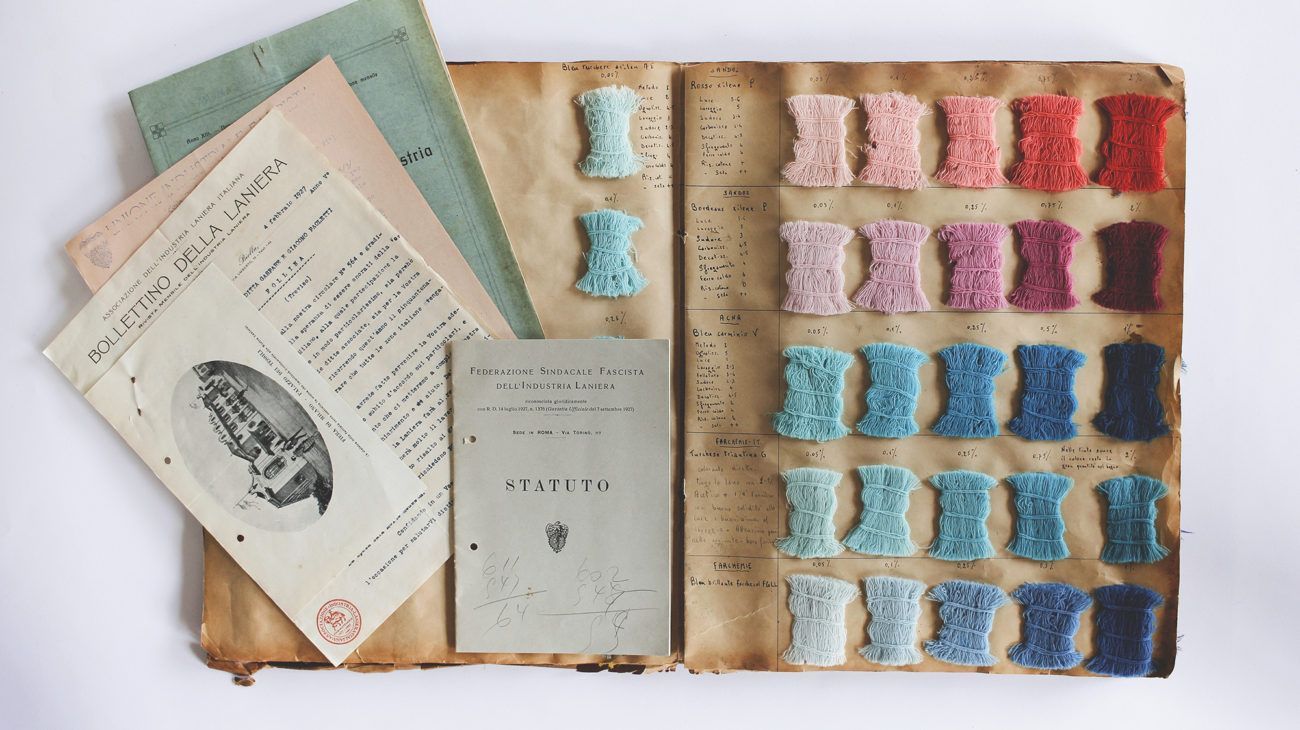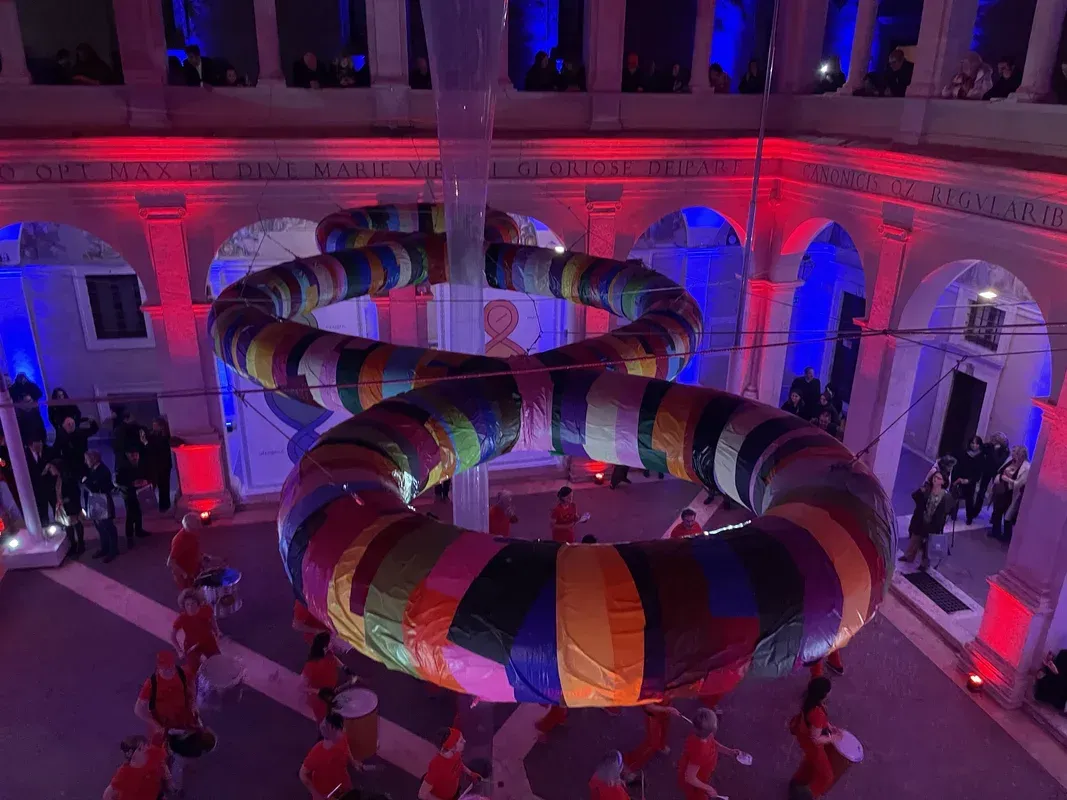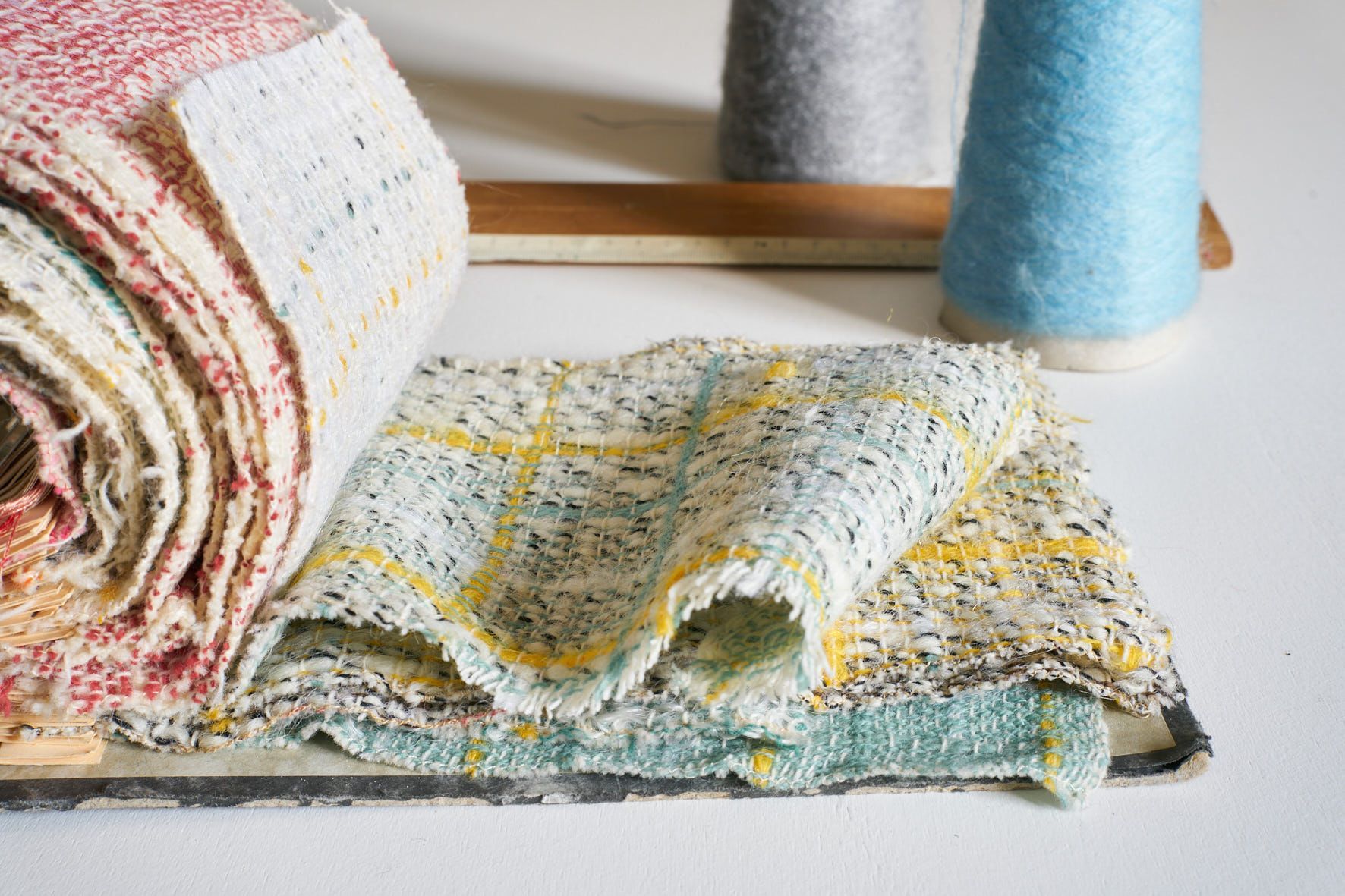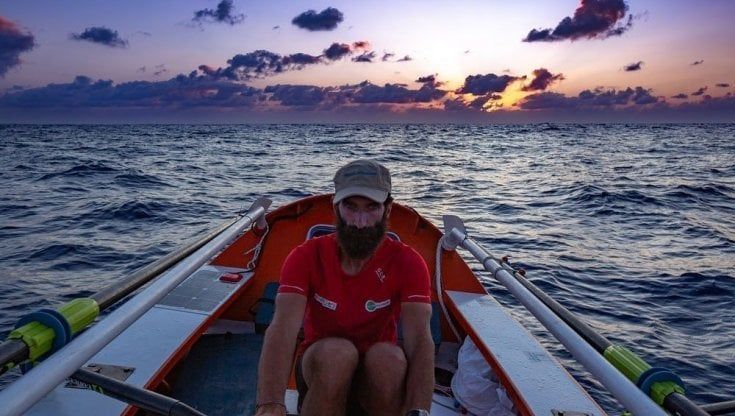Eco design: the cork.
Nuovo paragrafo
“I think of an era of design where the shape of objects does not derive only from function but from the very material of which they are made.”
Jari Franceschetto designer and artistic director of Suber Design.
Nuovo paragrafo
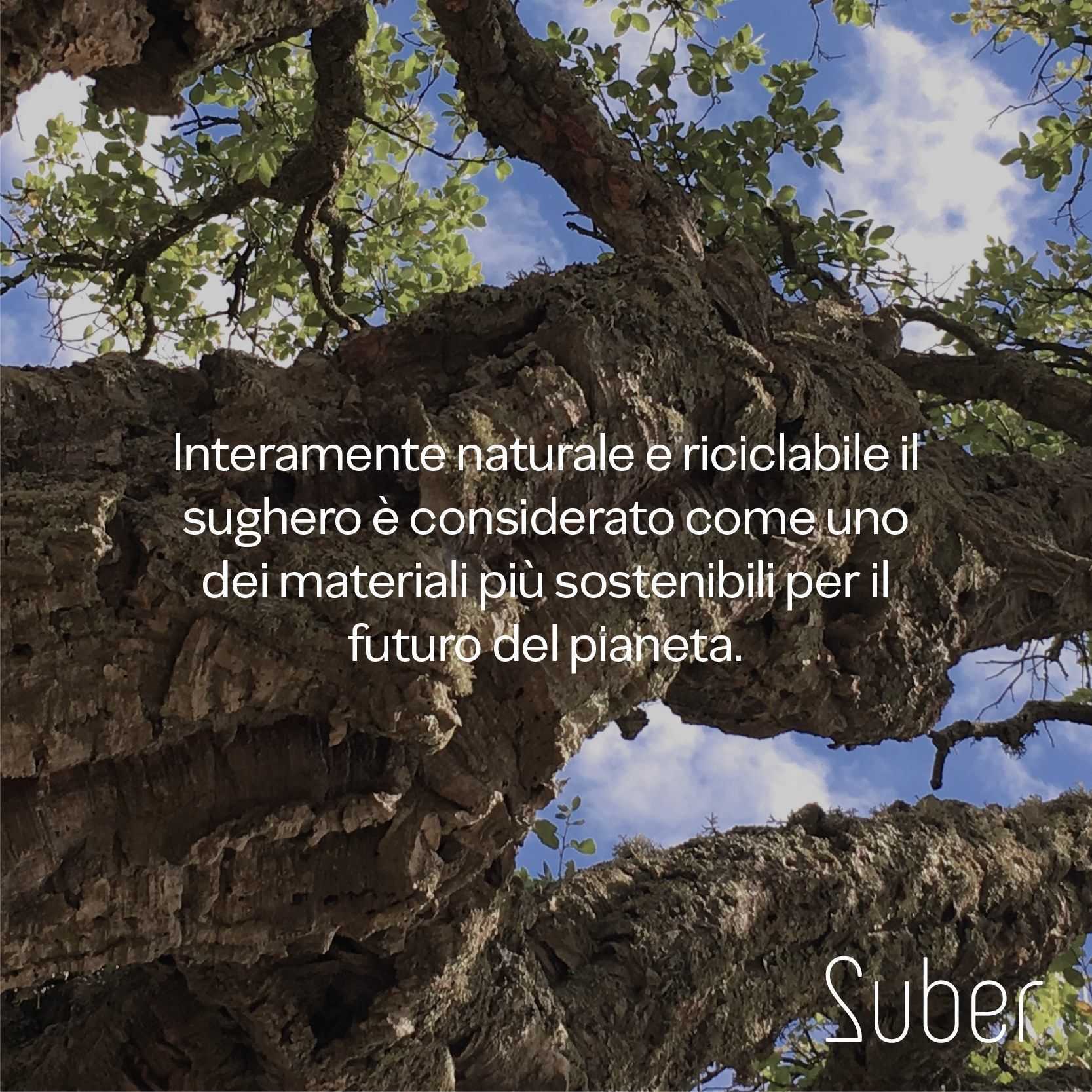
A present biodiversity design
Suber Design
Natural, ecological and versatile, cork is starting to be present on the scene of the design world; its ductile and multifaceted qualities open new frontiers in the imagination of new aesthetic forms.. A sustainable material, a precious gift from Nature:
Cork is an entirely natural, renewable, recyclable, biodegradable material, among the most sustainable materials on the planet. A precious gift of nature to be protected and preserved which for this reason enjoys an excellent reputation within the green world.
CORE is a new composite material obtained from a specific grain of recycled cork and mature resins. The new material increases the mechanical performance of cork while maintaining its sensorial characteristics (olfactory, tactile, visual) thus capable of generating soft shapes that do not betray the nature from which they derive. The objects are entirely finished with manual processing which determines a specific roughness and opacity. The CORE is a soft and light material capable of acquiring sinuous shapes and rigorous geometries, while the cork which determines its main mass continues its surprising role CO2 sponge.
The origin of the project is Amorim Cork Italia and its cork industry model derives from the vision that it is possible for man to coexist his activities in harmony with Nature; an innovative perspective that led Nobel Prize winner Mohan Munasinghe to indicate Amorim as one of the 10 virtuous examples to follow on a global level.
Eco design: the cork
Suber is an aesthetic experimentation project born from two awarenesses: the first that human well-being cannot ignore that of the planet, the second that raw materials will be increasingly precious. In the future we will see more and more new materials born from the recycling of waste objects in harmony with the nature of the planet.
This gives rise to new aesthetic languages destined to redefine the visual grammar of the interior design of the future.
The first signs of a new narrative based on respect for the environment are beginning to appear in design but it is necessary for the user to be educated in a new aesthetic experience native to the sustainable world because aesthetics will make sustainability sustainable. This is the challenge that Suber has accepted and which the designers are measuring themselves against: a new line, expression of a new idea of beauty that generates new forms in harmony with Nature.
The project creates awareness of the value of the environment that surrounds us and develops a new sustainable material with an expression of new ethics, a new revolutionary vision, which is based on contemporary themes such as inclusiveness, sharing and sustainability, a vision characterized by a capacity to read the present by breaking traditional patterns and to find new, unexplored and far-sighted ways..
Cork is obtained from the bark of the cork tree in a process known as decortica: after the first 25 years it is carried out cyclically every 9 years for a total of approximately 17 times, fully respecting the tree. In fact, the treatment does not involve any damage to the tree, whose bark will have the opportunity to reform. The best-known use of cork is linked to the sealing chain of wine bottles. Although recycled cork cannot be used to produce new stoppers, the infinite possibility of recycling this material allows it to take on as many forms. The sectors in which cork is used range from design to green building, from the footwear industry to applications in the aerospace field. Cork trees and cork oak forests play a fundamental role in counteracting the growing CO2 emissions caused by man. In particular, it is estimated that each hectare of forest has the ability to "subtract" approximately 14.7 tons of Co2 from the environment. The importance of cork oak forests is further demonstrated by the ability of these trees to regulate the hydrological cycle, protect against erosion and fires and promote a biodiversity that is rare in the world.
Eco design: the cork
with Suber Design
to listen the podcast in ITA
on Spotify here
Venice Biennale
The architect Michele De Lucchi, in collaboration with Suber, created the Susta stool for the exhibition "Knowing how to use knowledge" present at the 17th International Architecture Exhibition of the Venice Biennale, a creation within re-creation. Entirely made with cork waste, its name derives from the Venetian dialect in which it means "spring", thus recalling the playful shape of a bellows, evocative of the elasticity and high resilience of the material.
